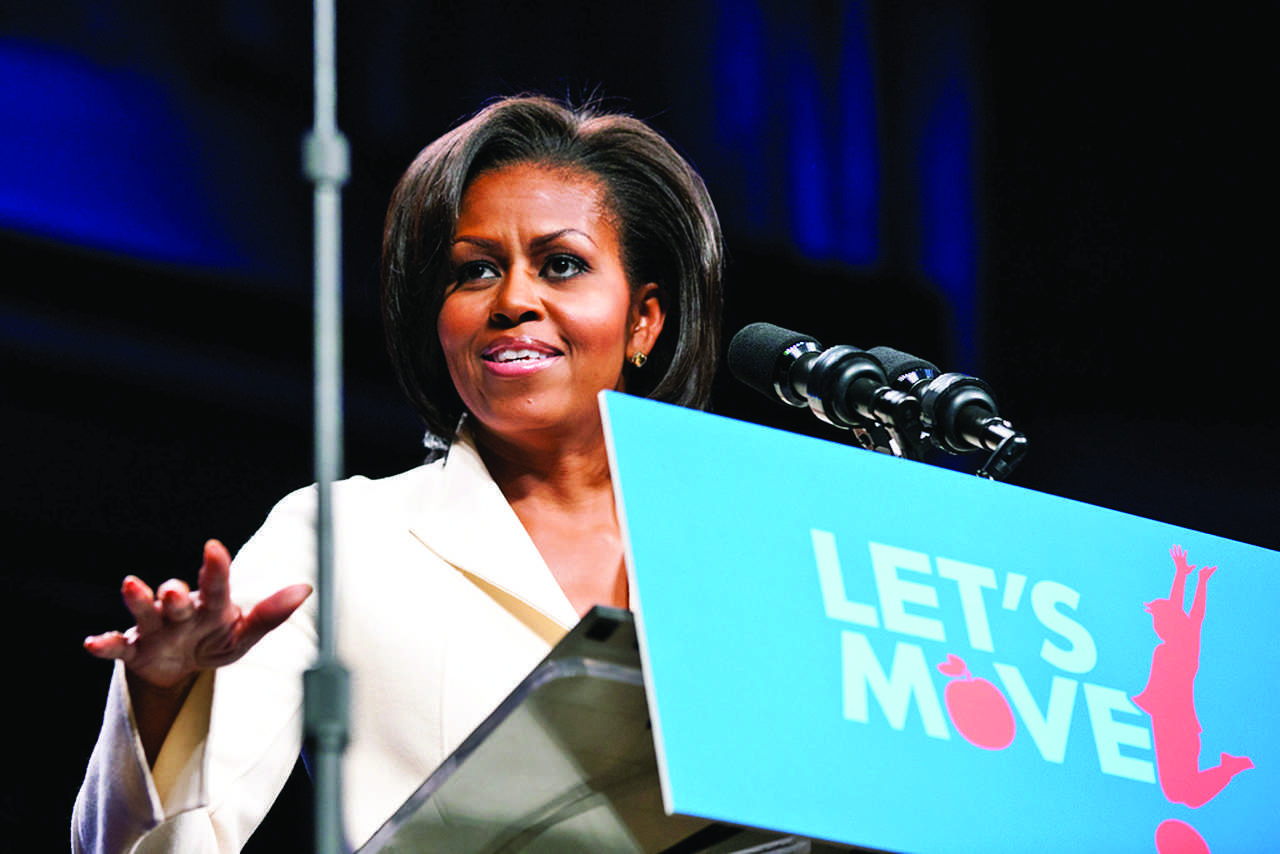Thanks to First Lady Michelle Obama, the U.S. has plans to overhaul the food and nutrition labeling industry after more than 20 years. Mrs. Obama made the proposal as part of her “Let’s Move” campaign, which is celebrating its four year anniversary, to end childhood obesity. The plans include enlarging and boldening the calorie count, as well as informing consumers whether food has added sugars. Under the proposal, more realistic serving sizes will also be labeled on us food products. It would no longer have to list calories from fat since the type of fat consumed is now viewed as more important than the amount, although unsaturated, saturated, and trans-fat amounts will still be displayed. The food label revisions will also include mandatory potassium and vitamin D amounts. The proposals, which are currently in an FDA mandatory 90-day comment period, would most likely take at most two years to fully implement if approved. I believe the plan will create a healthier and more aware consumer base in American supermarkets. As nutrition science improves, awareness of how food affects the health of individuals has become increasingly important in combating obesity and chronic diseases.
As someone who believes that food plays one of the most, if not the most, important roles in maintaining health, I agree that new standards of food labeling are necessary. Under the current standards of food labeling, for example, food products are labeled with the total amount of sugars, without differentiating between natural sugars found in the ingredients and added sugars. For example, a snack bar containing fruit in it could be advertised as having 24 grams of sugar, yet no one would know that 14 grams of that is added in the form of corn syrup. In order to combat obesity and promote good health, consumers need to know this key difference. Marion -Nestle, a professor of nutrition at New York University stated, “Sugar that the companies put in, whether its corn syrup, table sugar, maple syrup, is nutritionally void. Period.” Consumers and their families should be able to walk into the store and know how to decide what food is healthy for them to eat and what is not.
Ideally, everyone would be eating organic foods from local farmer’s markets and businesses that cut out the middle man, providing shoppers with food in its simplest, healthiest form. However, not everyone in America can afford the luxury of buying food that is not mass produced and sold on supermarket shelves. Class disparities make it more difficult for low-income families to afford the fresh fruits and vegetables; therefore, the default choice is overly processed products that only increase risks for obesity and other diseases. According to the Los Angeles Times, between the years 2003-2010, “obesity rates among adolescents whose parents have no more than a high-school education rose from about 20% to 25%. At the same time, the teenage children of parents with a four-year college degree or more saw their obesity rates decline from 14% to about 7%.” In order to ensure that there is not a health or obesity gap between those that can afford food not sold on grocery store shelves and those who cannot, more accurate and understandable nutrition labels are needed to help consumers make smarter decisions and feel more secure in their food choices.
As I dig deeper into the issue of requiring more transparent food labeling, I reflect on the lack of information about food we students eat on a daily basis at West Chester in Lawrence, Sykes, Einstein’s, and the Diner. I believe that more transparency regarding the nutrition of our food should be implemented. Many students genuinely strive to eat healthier while at college; however, there is no real competent and accessible information on what is in our food. If students had access to comprehensive nutrition information on the food served in Lawrence, for example, they could make more informed decisions about what it is they want and do not want to be consuming.
Above all else, it is the health of American consumers that is the most important and the inspiration for the food label proposal. Perhaps the prospect of having unhealthy facts more easily displayed on their products will motivate food manufacturers to make their food healthier for their consumers. If the food industry and the U.S. wish to invest in their consumers and citizens, then a food label overhaul is the healthiest choice.
Marisa Claggett is a first-year student majoring in political science and minoring in Arabic. She can be reached at MC808919@wcupa.edu

